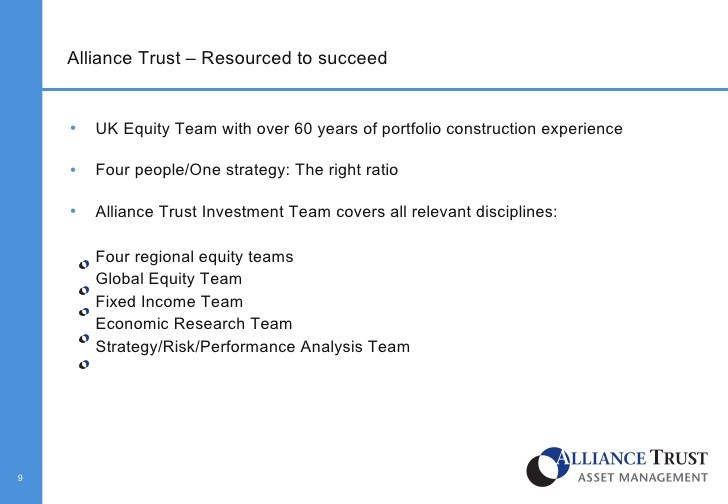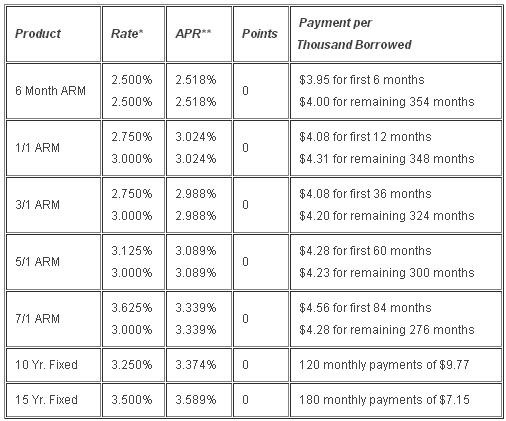Trust portfolio construction
Post on: 8 Апрель, 2015 No Comment

Top Funds for Trust Portfolios in 2011
Now that markets have returned to pre-2008 benchmarks, alternative asset classes are gaining popularity as a way to demonstrate value and manage risk. One overnight best seller is low-cost ETFs. Many wealth managers now say they are just right for trusts.
Even the most buttoned-down trust portfolios are moving beyond blue-chip stocks and Treasury bonds and joining the modern world, the money managers we talked to this year say.
“Generally speaking, assets managed inside a trust should be managed in the same fashion as assets outside a trust,” says Patrick Mulvey, who runs the investment operation at Dynasty Financial Partners .
The rationale is simple. In the recession, many trusts focused on simple income-oriented investments starved as Treasury yields dropped to zero and even blue-chip dividend yields dried up.
Meanwhile, as Daryl Craft, president of GTRUST Financial Partners. reminds me, the rise of the “total return” concept in many states encouraged trustees to invest more actively on behalf of their beneficiaries.
The upshot: modern fiduciaries who manage or oversee a trust’s holdings need to at least be up to speed on the strategies and products that the big institutions the endowments, pension funds and foundations of the world are already using.
Hedging against risk, not for huge returns
While some hedge funds and other asset classes like private equity have become popular in the trust community, not every trust can buy into them even if its trustees are comfortable with the allocation.
Similar to the “qualified investor” rules that keep non-millionaires out of hedge funds, most trusts need to be funded exclusively by people who already own $5 million or more in traditional stocks, bonds and cash. (There are exceptions in special cases, but they rarely pop up.)
For the trusts that meet that requirement, vehicles like the Loomis Sayles Credit Long/Short fund have plenty of fans so much so that the fund is now closed to new investment.
Like many hedge funds, the Loomis portfolio can be pricey, charging 1% of assets every year plus another 20% of whatever the fund earns, a structure known as “1 and 20.”
For fiduciaries, these funds have a more traditional allure than the “hot money” reputation the hedge fund industry has developed over the last decade or so.
Although some latter-day hedge fund strategies still promise outsize performance, the managers I talked to acknowledge that this also entails taking on a lot more risk.
Instead, the proper role of “alternative” assets in a trust portfolio is to reduce risk, and not to boost returns, says Paul Perseke, who runs GlobalBridge’s open architecture investment platform.
While Perseke is passionate about the benefits of going beyond stocks, bonds and cash where possible, he notes that trusts are often better served getting exposure to alternative asset classes through traditional mutual funds and ETFs.
For example, trustees may want to buy precious metals or other commodities for their clients, but holding physical bullion would be a custody nightmare.
On the other hand, an ETF like GLD provides nearly the same amount of diversification and is liquid, transparent and relatively inexpensive.
The trick, of course, is that as Perseke says, “not all ETFs are built the same,” so picking the right one can make a huge difference. That’s where the manager adds value and where trustees can add value by choosing the right manager.
What trustees need to know
Every corporate trustee has to learn at least a bit about hedge funds, structured debt instruments, emerging markets convertible bonds and Wall Street’s other concoctions.
But to ensure that their clients are getting the best service available, they need to be able to select the specialists who can add value in these esoteric realms.
“Areas of the market where information can actually make money are worth allocations to outside active managers,” Mulvey explains.
Naturally, there’s nothing stopping a trust company from bringing that expertise in-house, as previous generations did when they built up extensive proprietary research and wealth management operations.
And of course, if they have that kind of high-powered investment talent already onboard, there’s not much sense ripping it out to start fresh.
However, even firms that have been extremely successful packaging their proprietary research recognize that today’s markets are just too complex to cover everything.

“We believe that a rigid portfolio structure driven by proprietary management is, over time, inferior to an open architecture approach for the management of trust assets,” says Bob Pennington, managing director of Georgia RIA firm Willis Investment Counsel .
Willis just launched its fifth private investment fund, an all-equity portfolio that wraps covered call options around high-yield stocks to boost cash flow.
Still, despite Pennington’s personal background in commercial real estate, the firm steers clear of picking “alternative” real estate holdings private REITs or direct ownership of buildings, for example for trusts and other clients.
Instead, Willis sticks to publicly listed REITs to give its clients real estate exposure while maintaining liquidity and total transparency.
Unlike the esoteric private vehicles out there, publicly listed stocks trade every day and are widely quoted, so both advisor and trustees can double-check the real value of their holdings any time.
And the more “open” the architecture, the easier it is for trustees to do their own due diligence and monitoring without having to address the conflicts of interest that proprietary products can bring.
“We believe it more effectively fulfills the fiduciary responsibilities of a trustee as they pertain to transparency and appropriate investment diversification,” Pennington says.
Starting from the biggest funds out there
Portfolio managers tell me that in one sense, managing a modern trust for transparency harks back to the old days when trustees were happy to buy the most vanilla investments they could find.
Instead of Treasury bills and IBM shares, a modern trust portfolio is built around plain, old-fashioned S&P 500 index funds or, increasingly, the SPDR ETF, which provides the same market exposure at a lower cost.
“In areas such as large-cap U.S. equity, we would probably not suggest an active manager,” Patrick Mulvey says.
“Active managers have had a hard time outperforming the index, so why not simply buy a broad and inexpensive index fund and then spend your active management fee budget around that core?”
Scott Martin. contributing editor, The Trust Advisor Blog. Jerry Cooper and Steve Maimes contributed to the editing and research.














